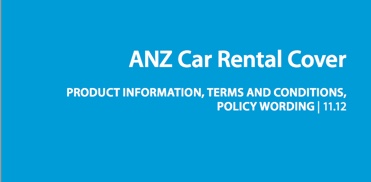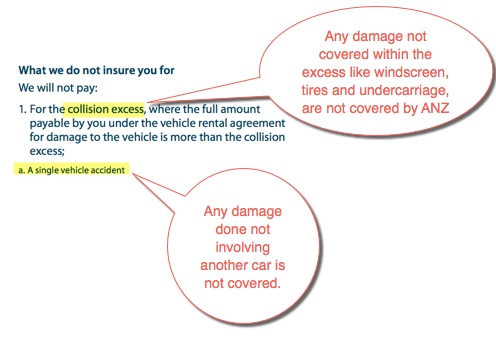I know this is going to sound very simple but I am about to tell you what has been a very valuable and lucky result of setting up a Paypal payment gateway.
First a bit about our business. Tripcover sells car rental excess insurance in Australia, and for Aussies going overseas, direct to the car rental customer and competes head on with the car rental companies and they don’t like us…ha!
We, my brother Steve Sherlock and myself Desmond Sherlock started the business at the start of 2012, creating Australia’s first standalone car rental excess insurance business and thus a new category was born here.
After the first 3 years I decided to add a paypal payment gateway and offer it as a zero payment fee option. It was an instant hit with our customers with about a 30% uptake.
Then about 18 moths ago Paypal started its Working Capital offering to customers with a track record of sales. This is a great service where we can decide how much % from each sale goes to make repayments and also choose how long we wish to take out the loan for and thus the size of the fee we wish to pay.
This has allowed us to take out a few small loans now and use them along with some local state grants/loans from Iowa and and the Global Insurance Accelerator (GIA)to expand our business into the USA over the past 2 years, creating:
www.pablow.com – Pablow Pronto, vacation rental managers earn extra revenue while offering cancellation protection to guests and owners, in under 2 minutes!
www.bonzah.com – Bonzah provides affordable and primary rental car damage insurance compared to the rental desk. So, travel anywhere with your rental car and take pleasure in declining the expensive rental car company insurance offer
www.pteet.com – Rental Car Damage Protector provides up to $40,000 in primary coverage and annual policy with coverage up to $45,000.
So I highly recommend this funding option when only small seed is needed while we are working on getting traction.










